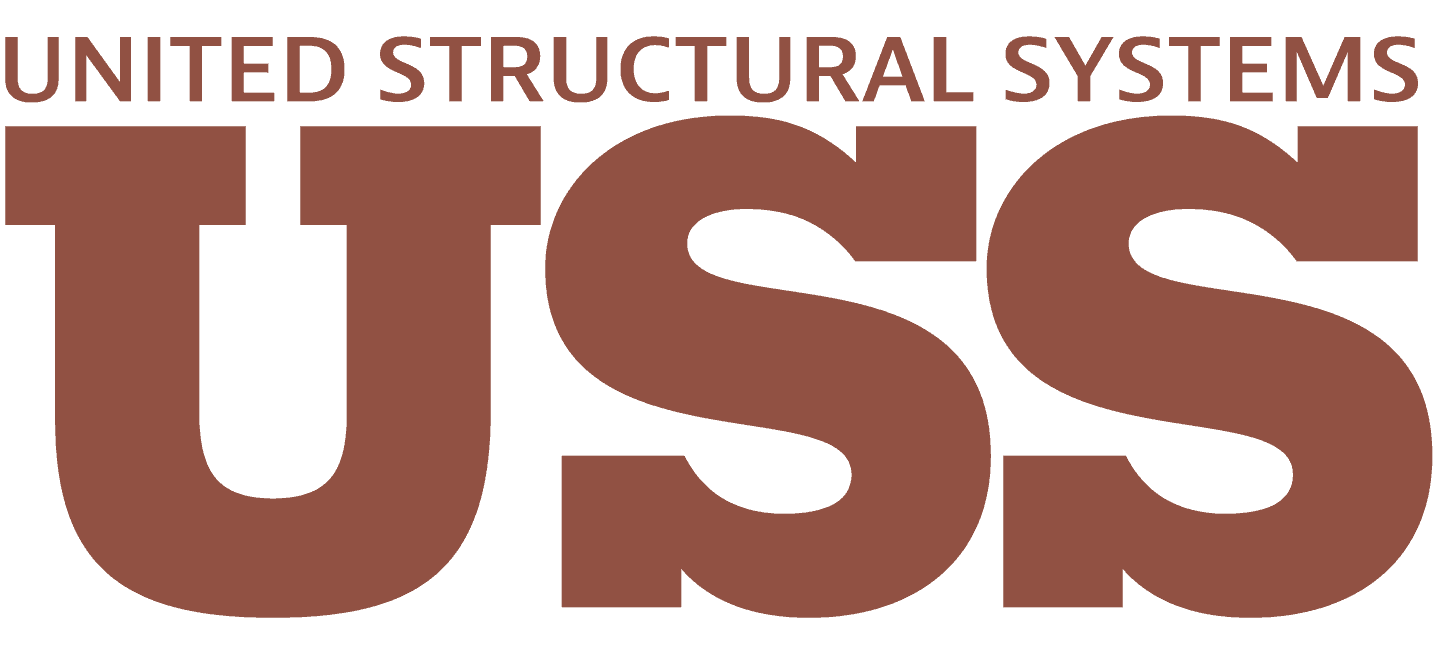
Resources

In today’s fast-paced world, the importance of constructing safe and reliable buildings cannot be overstated. One critical aspect of building design is floor stabilization. It ensures the safety and structural integrity of the entire building. In this blog post, we’ll delve into the importance of floor stabilization, explore its benefits, and provide statistics to underline its significance.
Before diving into the importance of floor stabilization, it’s essential to understand what it entails. Floor stabilization is the process of strengthening and stabilizing a building’s floors to ensure they can bear the loads placed upon them without compromising the structural integrity of the building. This process includes reinforcing the floor slabs, adding support columns, or using specialized materials to enhance the floor’s strength and stability.
To reinforce floor slabs, builders can add steel bars or rods, called rebar, to the concrete mixture. The rebar is then placed within the concrete slab, forming a reinforced grid that can withstand higher loads without cracking or breaking. This method is particularly useful in buildings with heavy loads, such as warehouses, factories, or multi-story residential and commercial buildings.
Support columns are another way to stabilize a building’s floors. These columns are typically made of steel or reinforced concrete and are placed strategically throughout the building to bear the weight of the floors above. This method is commonly used in high-rise buildings, where the weight of the upper floors requires additional support to ensure the building remains structurally sound.
Lastly, specialized materials such as fiber-reinforced polymer (FRP) composites, mentioned earlier, can also be used to stabilize floors. These materials are typically made of carbon or glass fibers embedded within a polymer matrix and can be applied directly to the floor slab. The application of these materials helps to increase the floor’s load-bearing capacity and overall structural integrity.
It’s important to note that the specific methods used will depend on various factors, such as the building’s design, purpose, and expected load. A thorough assessment of the building’s structural requirements will help determine the most appropriate methods to ensure the building remains safe and reliable for years to come.
According to the National Institute of Building Sciences, approximately 45% of structural failures in buildings are attributed to inadequate floor stabilization. This figure underscores the importance of proper floor stabilization to ensure the safety and structural integrity of any building.
There are several benefits including:
Several factors contribute to the need for floor stabilization in a building. Some of these factors include:
There are several techniques employed by professionals to stabilize floors. Some of the most common methods include:
Prevention is always better than cure. To avoid the need for extensive floor stabilization efforts in the future, consider the following preventive measures:
Floor stabilization plays a critical role in ensuring the safety and structural integrity of buildings. By understanding its importance and taking the necessary preventive measures, building owners and managers can minimize the risk of structural failures, reduce maintenance costs, and safeguard the well-being of the building’s occupants.
To summarize, the importance of floor stabilization cannot be overstated. By adhering to established building codes, using high-quality materials, and working with experienced professionals, you can ensure that your building remains safe and structurally sound for years to come. So, the next time you plan a construction project or evaluate the safety of an existing building, don’t forget to consider the crucial aspect of floor stabilization.
Follow this link to schedule your free estimate today!
The post The Importance of Floor Stabilization: Ensuring Safety and Structural Integrity appeared first on Basement and Crawl Space Solutions - Chattanooga, Tennessee.
We offer financing plans, accept major credit cards and personal checks.
Our customer reviews speak for themselves.